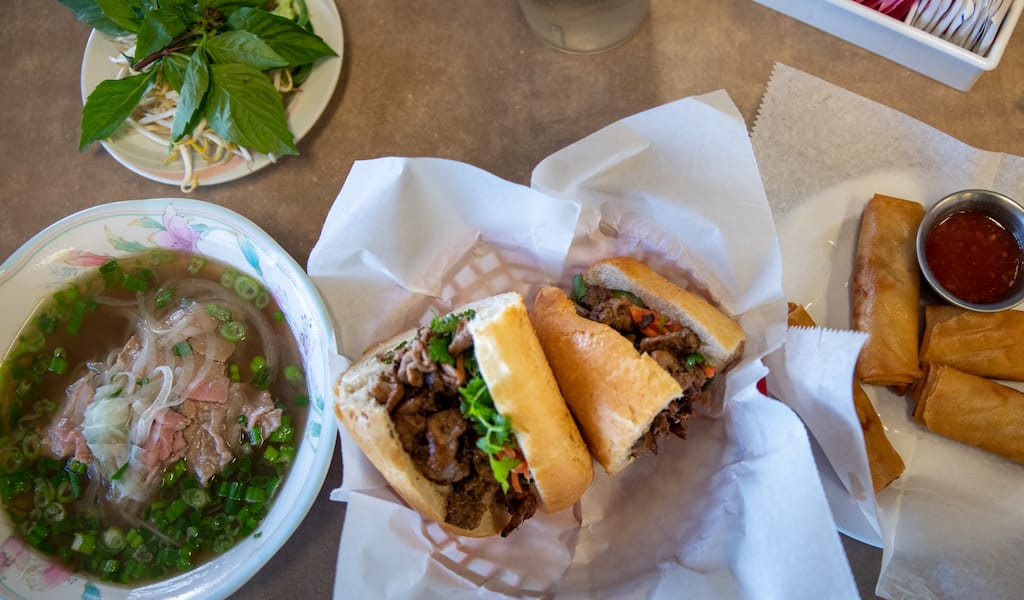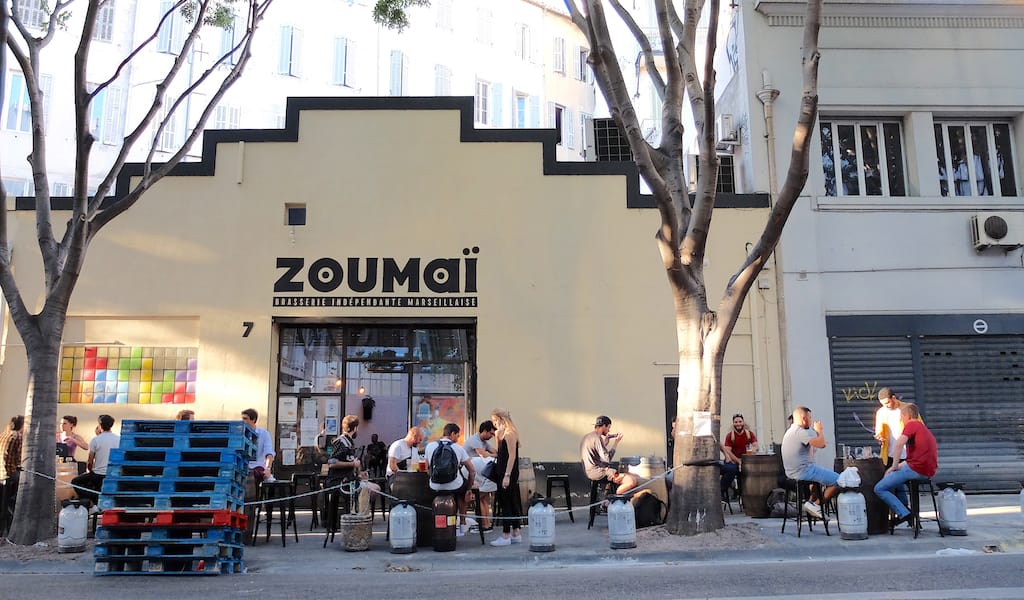Beignets & More is the kind of place you want everyone to know about – and you don’t want anyone to know about. Tucked between a defunct Cineplex and an Off-Track Betting location in a strip mall in Chalmette, a downriver suburb of New Orleans, it is a family-run gem of Vietnamese cuisine.
But the name is a cloaking device of sorts: The beignets, which are made fresh daily, seem like an afterthought. Until recently, we’d never even had them. In all the years we’ve taken the short drive to this nondescript restaurant – through the Lower Ninth Ward and Arabi into Chalmette, past the drive-thru daiquiri shop (yes, in New Orleans you can purchase alcohol like it’s fast food), the Popeyes and the car wash – we have always stayed on the “More” side of the menu. And we’ve never been sure why a menu studded with pho, vermicelli bowls, banh mi and other Vietnamese delicacies is named after a French doughnut. Maybe it is the creolizing influence of the city, whose culture subsumes everything it touches. Maybe it is because Vietnam, a former French colony, is well versed in the food and pastries of its former occupier.
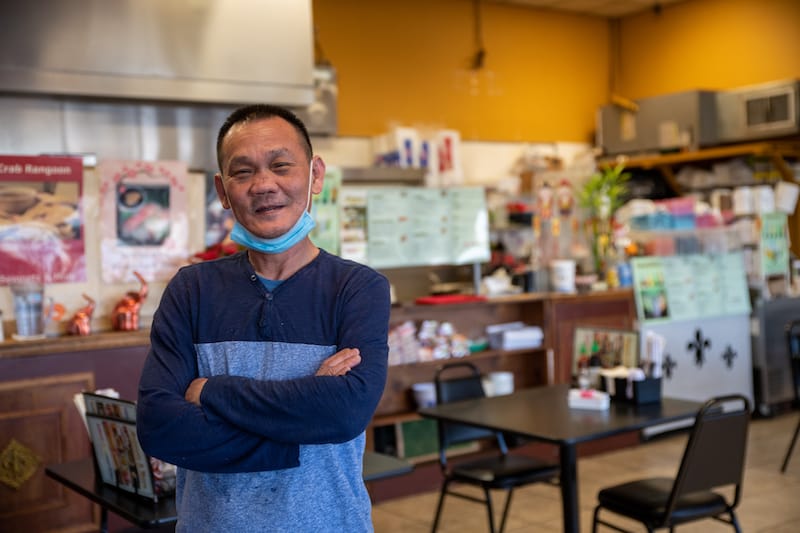
A lot of folks remember that we fought a war there, but maybe don’t know that we took it over from the French. After the Vietnam War ended, New Orleans, with its familiar Francophone culture and humid delta landscape, became a destination for Vietnamese immigrants. In fact, Vietnamese bakers make some of the most sublime French breads and pastries in the city. However, Nick Ta, who runs the restaurant with his father, Hieu-Ta, and mother, Chung Quach, has a more straightforward answer. “The previous owners sold beignets and sandwiches,” Nick said. “Beignets and more.”
His family didn’t arrive in New Orleans in the 70s after the fall of Saigon, but took a more circuitous route. They came to America in 1999, landing in Los Angeles, where Nick’s mother worked “in a sweatshop, because it was the only work available.” He was five years old at the time. His parents, who met in Saigon (although his mother is from China), came looking for an opportunity. After relocating from Los Angeles to South Carolina, they eventually found it in New Orleans when a small shop in a strip mall became available in 2012. They had never run a restaurant before.
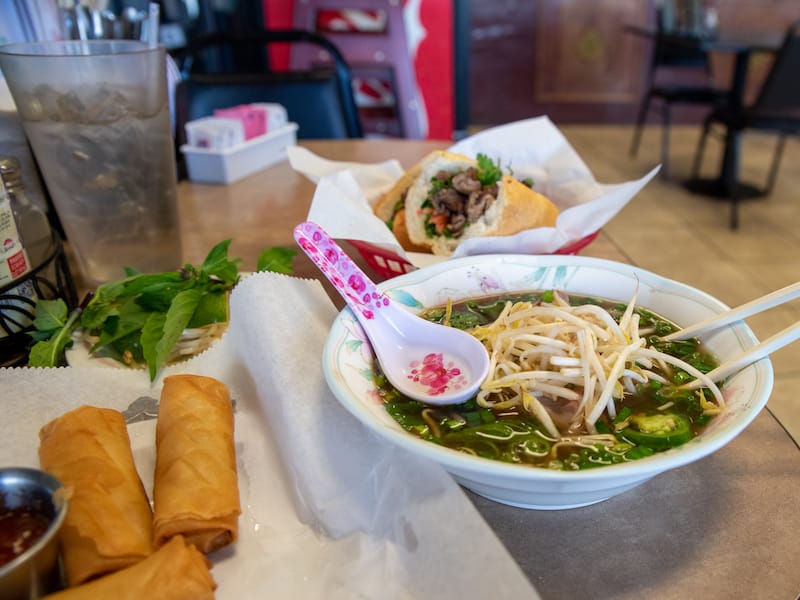
In the South, storefront churches are not uncommon, and Beignets & More is an ascetic temple. The dark-tinted windows offer a measure of privacy to diners in what is otherwise a wide-open space. The simple tile floors, black Formica tables and padded black chairs provide a distraction-free dining experience. The only adornment on the table is a sugar caddy and a wire basket that holds chopsticks, Hoisin sauce, soup spoons, Sriracha and a few laminated menus. The amber walls are a pop of color, decorated with paper dolls, paintings of bucolic scenes and photos of menu items. There is also a shelf with ceramic figurines and plants along its length. Behind a counter that has a pick-up window and cash register sits an open kitchen where Vietnamese is spoken rapidly.
In the South, storefront churches are not uncommon, and Beignets & More is an ascetic temple.
Occasional bursts of laughter emanate from behind a plexiglass partition clad with menus, the kitchen equipment just out of sight. On some level it feels like a classic New Orleans po’ boy shop. In fact, before it started serving Vietnamese food, Chung Quach tried selling “beignets and sandwiches for a few years,” though he says it didn’t work out too well. It was then she and Hieu-Ta decided to take their family recipes and serve the food they knew best. While Chung Quach, according to Nick, owns the restaurant, Hieu-Ta is the personality of the joint. He visits each table and jokes with the customers. But more importantly, he also makes the delicious pho, which is a staple of our visits.
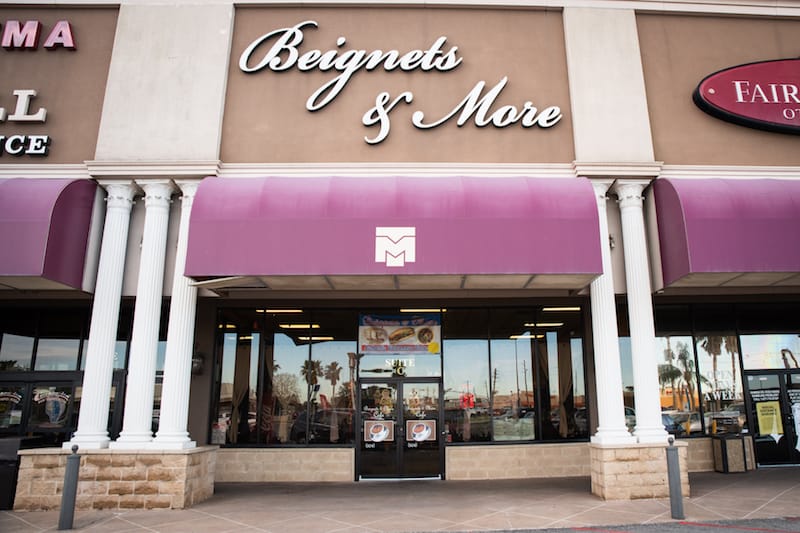
My son loves Beignets & More. He has become my dining partner, which is funny when I think back on the days where I had to beg him to eat. The vermicelli bowls here were one of the first non-Western items he ever tried. He learned to use chopsticks in this dining room and had his first pho here. But he especially loves – or maybe fears – Hieu-Ta and his admonitions. On some level, Hieu-Ta reminds me of my grandmother. My son never met her, but she had the same stern but playful countenance. She was always concerned that we ate. It is what Sicilan grandmothers do. And apparently it is what Vietnamese grandfathers do as well.
On a recent visit he told my son “eat more,” when he saw his half-finished bowl of pho. We had already consumed Vietnamese egg rolls, the unexpectedly good chicken wings with ranch (which has nothing to do with Vietnam but everything to do with New Orleans), and the crab Rangoon that is totally inauthentic but delicious. It is playful, mostly, but Hieu-Ta is very concerned that everyone is having a good time and enjoying the food. He goes from table to table asking if “everything is good.” It always is.
On another occasion, he stopped by the table and told my son, “You must be hungry.” My now-teenager had finished his pho and Hieu-Ta looked on with pride. He has practically watched him grow up.
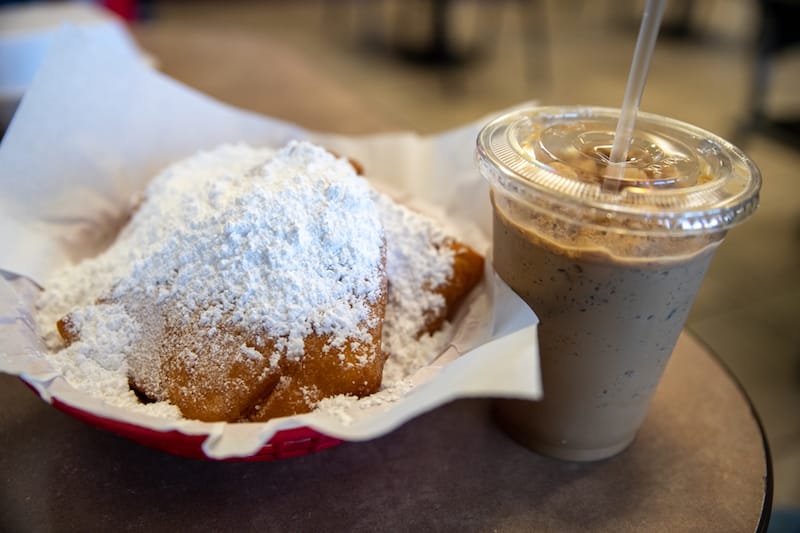
On our last visit, we finally decided to order the beignets. But first, we dove into large, fragrant bowls of pho dac biet and pho tai, spiked with hoisin, sriracha and soy, and perfumed with Thai basil. We shared an order of Vietnamese egg rolls with homemade sweet and sour sauce. We indulged in a pork banh mi, a Vietnamese po-boy, served on shatteringly crisp, airy bread baked at Dong Phuong Bakery in New Orleans East, a James Beard Award winner. And then came the beignets. We ordered the standard order, three, which is how they come at classic beignet spots like Café Du Monde and Morning Call – but we were not prepared. The largest order of beignets we had ever seen hit the table with a mound of powdered sugar that recalled Tony Montana in Scarface. The beignets were as big as my open hand and perfect pillows. They were the lightest and freshest we had ever had. Accompanied by Vietnamese iced coffee – a dessert-like concoction of dark roast chicory and condensed milk – they made for a decadent dessert.
Hieu-Ta looked on with approval as we downed the beignets like Joey Chestnut on Coney Island – we wanted to stop but couldn’t. At this point, we were already too far gone. But at last, we answered the question of how Beignets & More got its name.
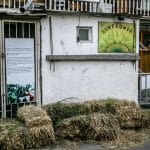 January 3, 2018 Sunflower Health Food Store
January 3, 2018 Sunflower Health Food Store
The year was 2001, and we were squeezed around an enormous table, together with a half […] Posted in Tbilisi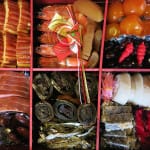 January 1, 2019 Osechi Ryori
January 1, 2019 Osechi Ryori
‘Tis the season of the Japanese New Year’s trinity: osechi, oseibo and nengajo. Like […] Posted in Tokyo August 25, 2020 Zoumaï
August 25, 2020 Zoumaï
Though France shares a border with Belgium and sits across the English Channel from the […] Posted in Marseille
James CullenJames Cullen
Published on March 09, 2022
Related stories
January 3, 2018
TbilisiThe year was 2001, and we were squeezed around an enormous table, together with a half dozen men in their late fifties, in a small conference room at a Soviet-era tobacco collective in Lagodekhi, near the Azerbaijan border. The director of the collective casually slipped a biography of Joseph Stalin under the table and told…
January 1, 2019
Tokyo‘Tis the season of the Japanese New Year’s trinity: osechi, oseibo and nengajo. Like newsy Christmas cards, the nengajo is a recap of family or personal news mailed in postcards during the weeks preceding the end of the year and efficiently delivered all over Japan promptly on January 1. The winter gift-giving season is in…
August 25, 2020
MarseilleThough France shares a border with Belgium and sits across the English Channel from the UK, the country doesn’t have as big a beer culture as its neighbors. The French consume less than half of the European average of seventy liters per person. Even their most-quaffed beer, Heineken, isn’t made on their soil. The Dutch…







































